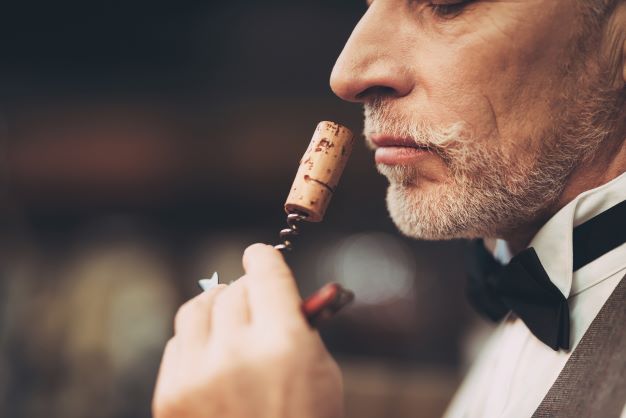In the world of hyper-information and fake news, discovering the truth is an increasingly difficult task. The internet helps us by opening the doors to the whole, but the real difficulty is learning how to navigate within it.
In the world of wine, too, it is common to come across misleading news, or a multiplicity of confusing views and opinions that ultimately create false myths and hidden truths.
This is the case with the cork dilemma, for example, which has vexed producers and consumers for years: the options for closing a bottle of wine are varied , there are screw caps (also known as ‘Stelvin’ after the name of the most famous producer), crown caps, glass caps, silicone caps and, of course, corks. The choice is therefore not limited, and producers, as well as having to assess the usefulness, costs and benefits, have to reckon with fictitious news, such as that of the “risk of cork becoming extinct”.
In fact, it would appear that there is enough cork, even in Portugal alone, which is the largest producer, to bottle all the wine for the next century.
This false information is, however, a misrepresentation of a much more serious one: cork comes from the bark of the cork oak tree and is an insulating, breathable and fireproof biodegradable material of natural origin. In order for the oak tree to produce good quality cork without risking injury or damage to the bark, a great deal of care must be taken during all phases of extraction and the plant’s time must be respected: about 10 to 15 years should elapse between one extraction and the next, but unfortunately there are many who do not respect this rule in order to produce more cork and with the consequent risk of killing the tree. This is probably the reason for the false myth.
These kinds of rumours combined with the high cost of cork, which varies according to the quality desired, and the problem of the “corky smell”, which depends on the presence of parasites or mould between the cracks, are the main reasons why many manufacturers are experimenting with alternative closures. However, it should be specified that cork, thanks to its elastic and transpiring capacity, is excellent for wines that require long ageing, as it favours the evolution of the liquid, which very gradually comes into contact with oxygen.
The rest of the closures are very suitable for simple wines, to be drunk young or moderately aged, and are often more practical, as they do not require a corkscrew to open and finally represent a nice saving for the winery, which does not have the risk of any “defect”.
In some countries of the world, such as Australia or New Zealand, the Stelvin cap is in fact the norm. This type of closure has a tin element inside, containing nitrogen, a natural inert gas, which preserves the organoleptic properties of the wine so that the aroma will not be affected by changes in humidity, pressure or temperature.
Crown corks have also made a comeback in recent years, especially thanks to the new fashion for refermented wines.
We can therefore say that the choice is left to the personal preference of producers and consumers. In my humble opinion, however, wine represents a moment above all else, a ritual, and it is important that it remains as such, not entering the world of ‘drink’ as an end in itself.
So, whether with a corkscrew, your hands or your teeth, dear reader, always pay close attention to the moment of opening the wine, because it’s just like in the theatre: when the curtain opens, the magic begins.





